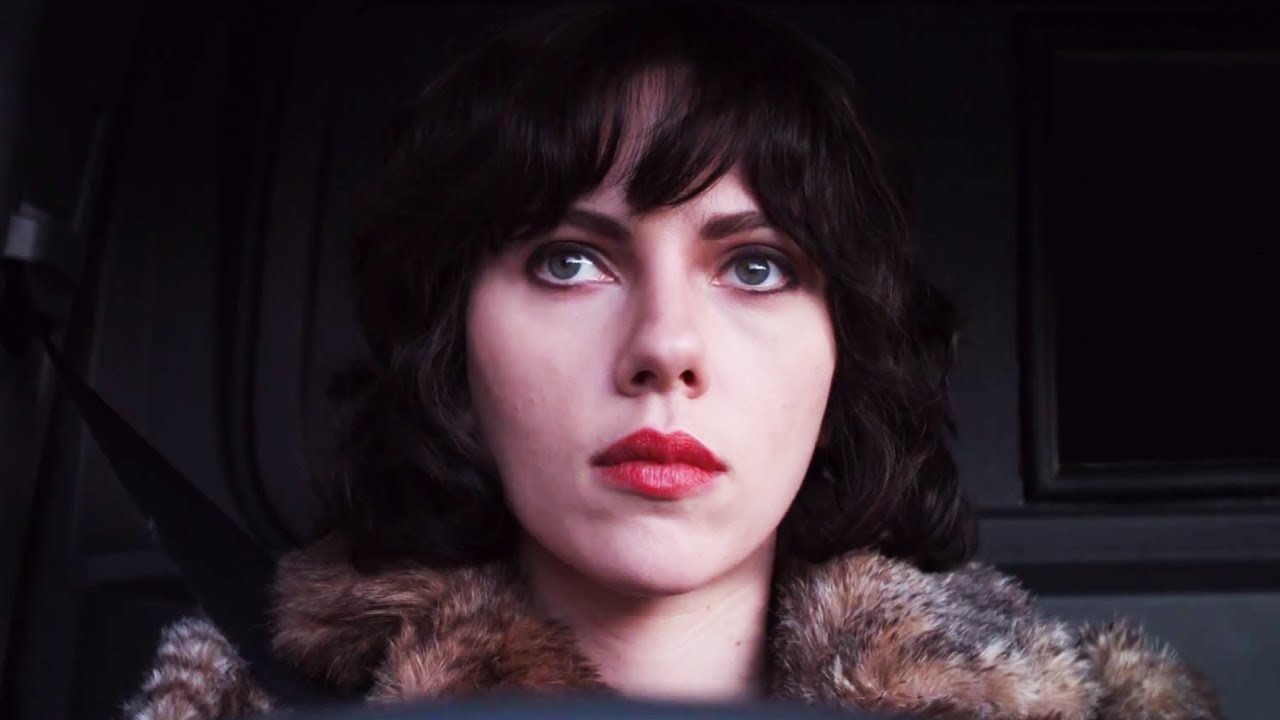Jonathan Glazer’s hypnotic sci-fi adaptation Under The Skin is proving to be one of the most critically acclaimed films of the year so far.
We talk to the films sound designer Johnnie Burn about creating the sound that made the film so haunting.
Though the film is largely about an alien, a lot of the sound feels very natural and earthly. Was this authenticity important to the project? And was it deliberately to contrast to the alien, other-worldly parts of the film?
Authenticity was a huge part of the challenge in the project but not so much to contrast with the alien worlds, more to allow Scarlett’s performance within the real world to bring out the alien. Most films, particularly sci-fi films tend to hyperbolic sound. To heighten the viewers experience the sound track will often be subtlety but deliberately larger than life. We did try that approach and placed those sounds on the film but soon realised that it did not bring about the ‘real world warts and all’ immersion that we needed in order to be honest about the world she was in. The fact that we did include honest sound that would not normally make it into a film soundtrack probably goes some way to making earth seem an alien to the audience, thus placing us with her.
There isn’t a lot of dialogue in the film. Does this make the rest of the sound the audience hears especially important? And is this more challenging or enjoyable for a sound designer?
It’s certainly more enjoyable whilst being onerous. We’re programmed to seek understanding in what our senses present us. An absence of dialogue did not mean that the audience stopped listening, it meant that they listen more carefully to the background to pickup clues. The context is so important; snap a kit kat at a football match and no one will hear you, snap one in a quiet forest at night and every creature will hear it. Really we were lucky here in to have such ability to help steer the narrative and experience through careful use of sound.
What was Scarlett Johansson like to work with, and how did she cope with the technical aspects of the sound?
I think Scarlett was brave to take on this complex role. It must have been technically pretty difficult for her to be placed into a real world situation with the foundations of her character and – with Jonathan Glazers’s guidance – convert that into the fantastic performances that she did. Placing microphones about her [at many points during production microphones were placed into her wigs to capture sound] could easily have become a very annoying burden but she understood the necessity to capture the real sound, and so it became no problem. Much later I went to New York to record a little ADR and by then it was over a year since the shoot, yet she locked straight back into the character with that perfect English accent. She’s at the top for good reason.
Most of the reviews have picked up on how haunting the film is as a whole, and how the sound plays a huge part of that. How difficult was it to create that unsettling sound?
Creating the sound on the film took over a year. 95% of what we made remains unused. You try ideas and then try and better them. It’s hard to shortcut , not least because you need time to experiment and hear the mistakes. Jon and I worked closely for some time and the sound really is a part of his vision.
For me, the scene under the floorboards was a standout. Do you have a moment in the film where you thought the sound was particularly successful?
Under the black void does it for me, too. On that particular sound we went through many versions and the final sound is a redacted version of a blend of five different attempts of foley and created synthetic sound design. It takes a while but in making it you know it is right when you hear it. I also like the way the musicality in the wind begins her dream in the bothy, and the silent tone as she walks back across the black void after we see her with her first victim.
Did you use any unusual techniques or methods when creating sounds on the film? Or any particular moments that stand out?
Pretty much all was unusual in the end. All the foley work was either done by returning to the locations be they forest or shopping centre and acting out then movement. And for the alien world pieces the foley was performed in a large anechoic chamber to cut background noise yet be able to record from a distance creating an odd disconnect. To be honest the list of rule book out the window is pretty long but most interesting for me perhaps was the use of chromatic eq on atmospheres to sympathise with the music.
You’ve collaborated with Jonathan Glazer in the past, what’s he like to work with? And is the sound design precisely planned beforehand or experimental, or a touch of both?
I have been lucky enough to know Jon for years. He demands an awful lot, yet is immensely rewarding to work with. We kind of know that the best idea is to get thinking about sound as early as possible. Veracity of sound is key throughout Jon’s work, so I am often involved in the planning of its capture as well as the ultimate use. We discussed the sound on Under The Skin long before it went into production. Even the early scripts made much descriptive use of sound. But certainly the sound design is not planned before – the post production of his work is often as explorative as the photography, the approach is planned, some rules are defined. It is rigorous but not proscriptive.

